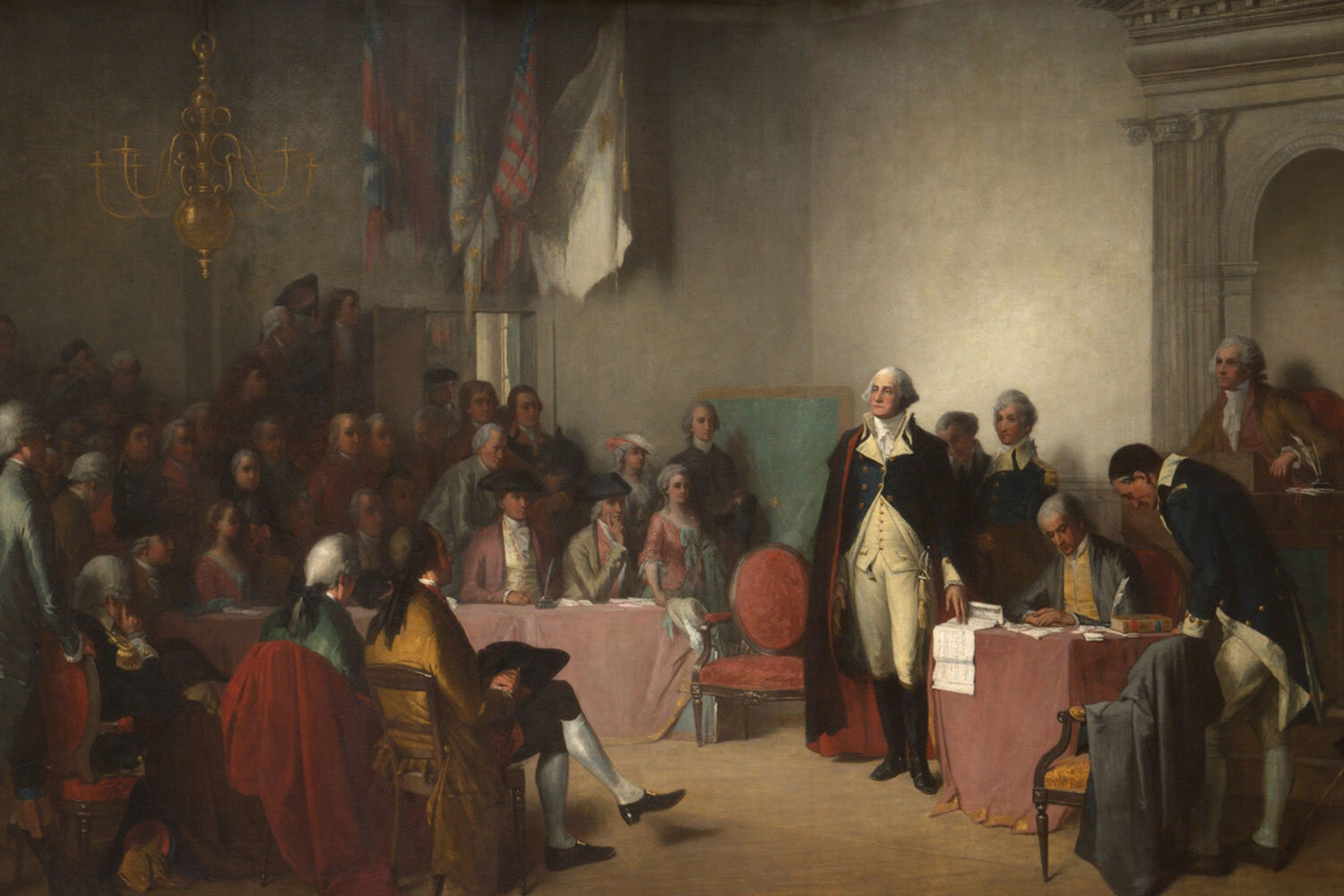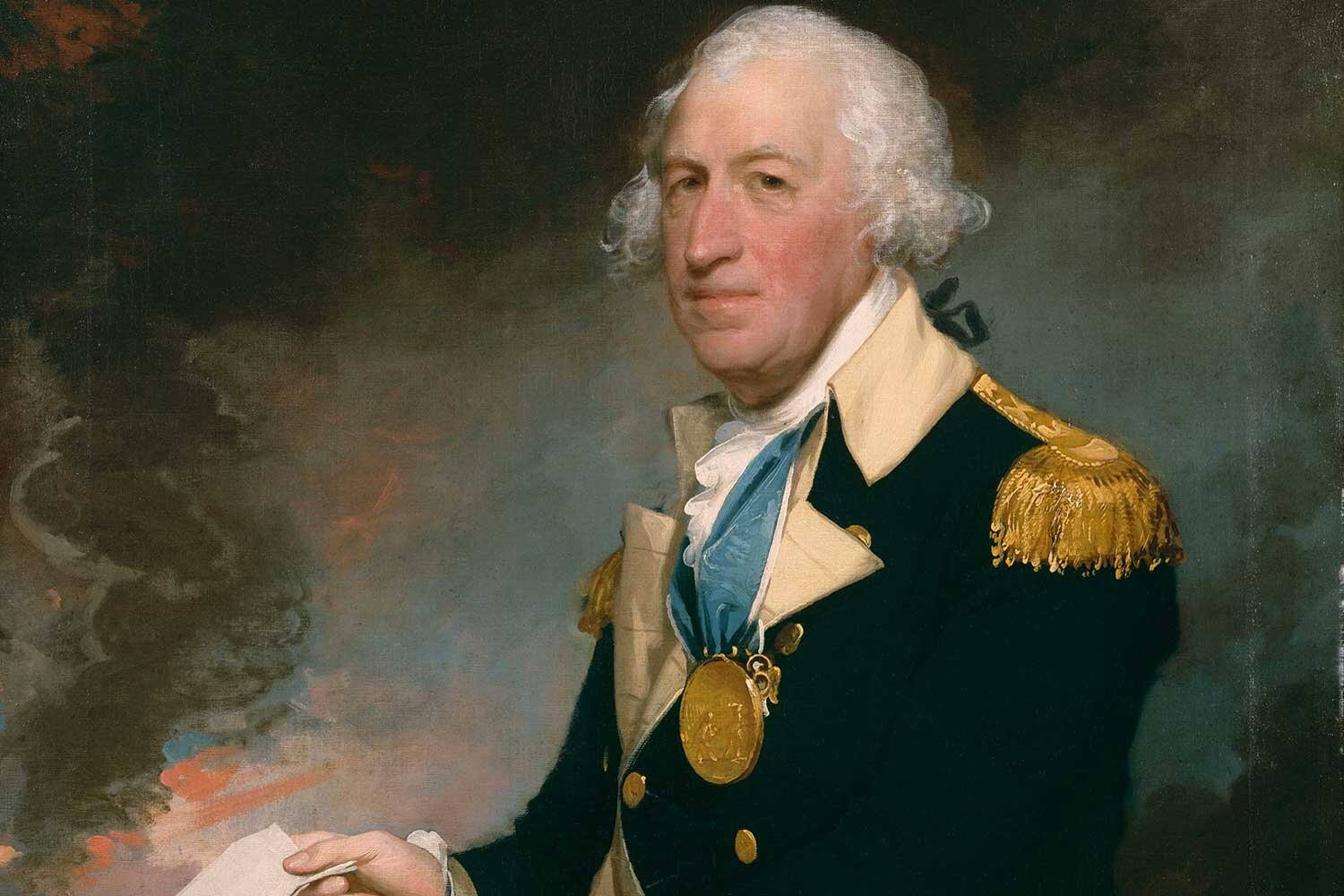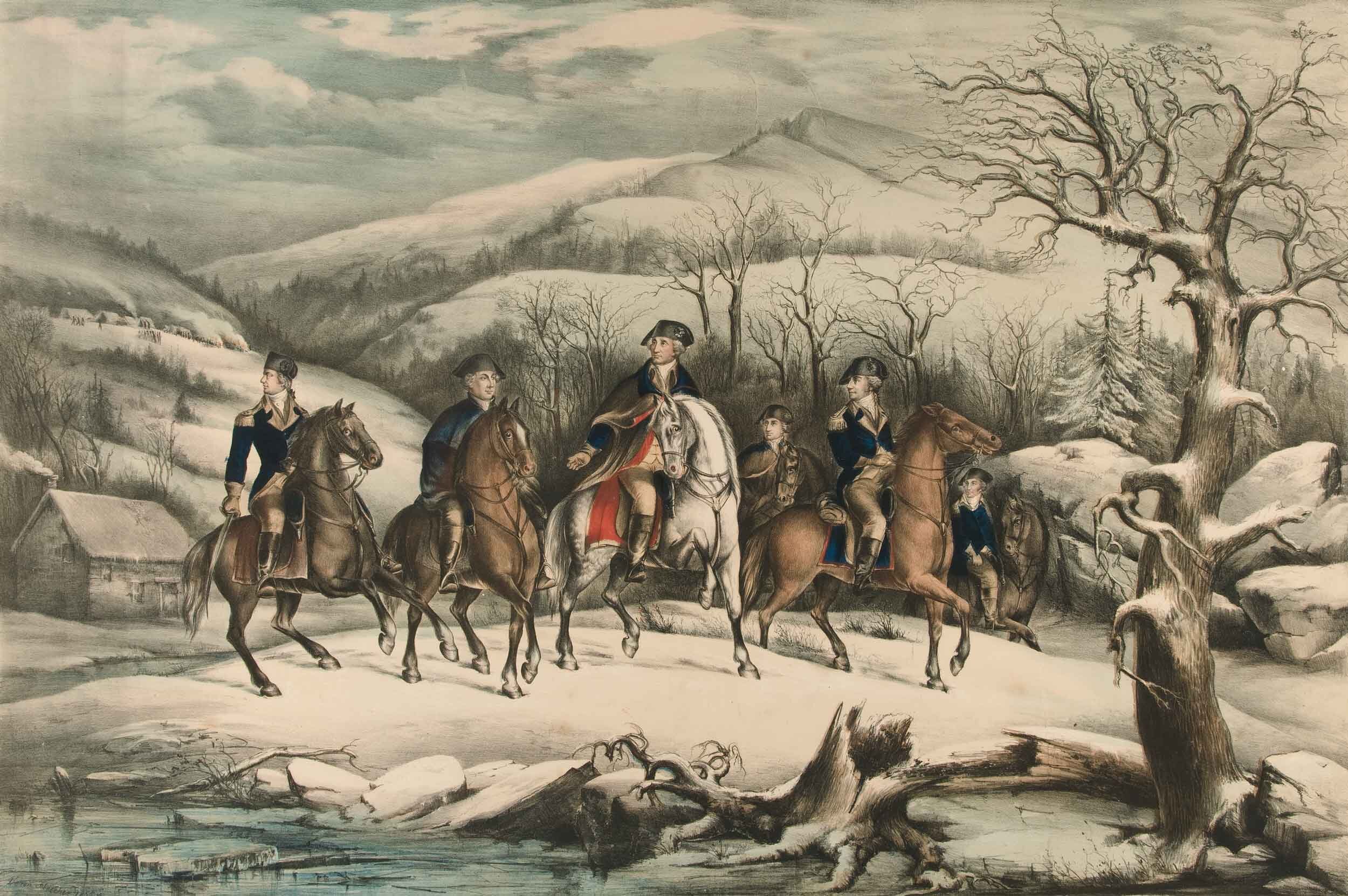The Articles of Confederation and Perpetual Union
The Articles of Confederation and Perpetual Union was our nation’s first constitution and essentially served as the basis for our government from 1777 to 1787. It was the precursor to our present Constitution and, though it was flawed, it proved to be instructive to our Forefathers.
This agreement was created by the thirteen original states to help them unify their war efforts against England. It was approved by the delegates to the Second Continental Congress on November 15, 1777 and immediately sent to the various states for their ratification. Although official approval of the document required all thirteen states to ratify it and the thirteenth state (Maryland) did not do so until February 2, 1781, it effectively guided Congress’ action from 1777 onward.
The Articles stressed the rights of the individual states more than the power of the central government, hence the name “Confederation”. The states viewed this association as a loose knit group of co-equals, rather than one unified nation with central control. They did so because of the way the original colonies had been established, which was one colony at a time and all independent of the others.
Virginia, the first colony, was created by investors in England purely for economic reasons. Plymouth Colony, founded by the Pilgrims and later merged with the Massachusetts Bay Colony to form Massachusetts, was established to gain religious freedom from the Church of England. South Carolina was set up by wealthy planters on Caribbean islands to provide food stuffs for the slaves working on their sugar plantations. This disparate system of settlement was the source of our long history of strong states’ rights, with repercussions still felt today.
Under the Articles, the central government had virtually no power over the individual states. For instance, although its provisions authorized the central government to regulate and establish an Army, it lacked the power to enforce its decrees. While Congress could request funding and troops from the states, all money and men would only be forthcoming if the states agreed to the requests. Not surprisingly, most were ignored.
This lack of funding and men almost proved the undoing of the Continental Army which, of course, would have meant the end of our effort to win independence. As General Washington wrote to George Clinton from Valley Forge in February 1778, “For some days past, there has been little less than a famine in camp”. He went on to write, “When the fore mentioned supplies are exhausted, what a terrible crisis must ensue”.
The Articles also expressly denied Congress taxation authority. Consequently, the central government was constantly short of cash and unable to pay its bills. Congress printed more money, but this only served to devalue the currency.
Another flaw was the lack of an executive branch. Although the men who presided over the Continental Congress were called “President”, they had no power, and many served in that position for less than a year. Most delegates had seen too much of King George and monarchy to be willing to entrust much authority in one central figure.
Finally, because each state viewed themselves as a separate entity, the Articles required unanimous consent from all thirteen states to pass laws or make any changes to them. This provision made dealing with foreign nations problematic as getting all thirteen states to approve treaties was nearly impossible.
WHY IT MATTERS
So why should the Articles of Confederation matter to us today? Perhaps the greatest blessing of the Articles was their flaws. Our nation’s leaders were able to see and learn early on what we needed in a central government for our country to succeed. While we feared a powerful Federal government, we realized one that was powerless would mean our doom. This recognition that we needed to balance these two concerns led to the changes they incorporated into our revered Constitution.
SUGGESTED READING
“We Have Not a Government: The Articles of Confederation and the Road to the Constitution” written by George Van Cleve in 2017 is an excellent account of the troubles created by the weakness of the Articles and how those troubles led to the creation of our Constitution.
PLACES TO VISIT
A visit to Valley Forge would be well worth your time. Located in southeast Pennsylvania about 20 miles from Philadelphia, this National Historical Park starkly displays the primitive, crude dwellings in which our soldiers lived during the winter of 1777-78. From these buildings, one can easily imagine the deprivation they endured so their quest for independence could continue, a quest that ultimately led to the blessings we enjoy in America today.
Next time, we will begin our discussion on the United States Constitution. Until then, may your motto be “Ducit Amor Patriae,” Love of country leads me.







By early 1783, America was close to finalizing its peace agreement with England. However, the Confederation Congress had some issues to resolve with its own discontented Continental Army, as the internal threat of mutiny appeared worse than the external one posed by British forces.